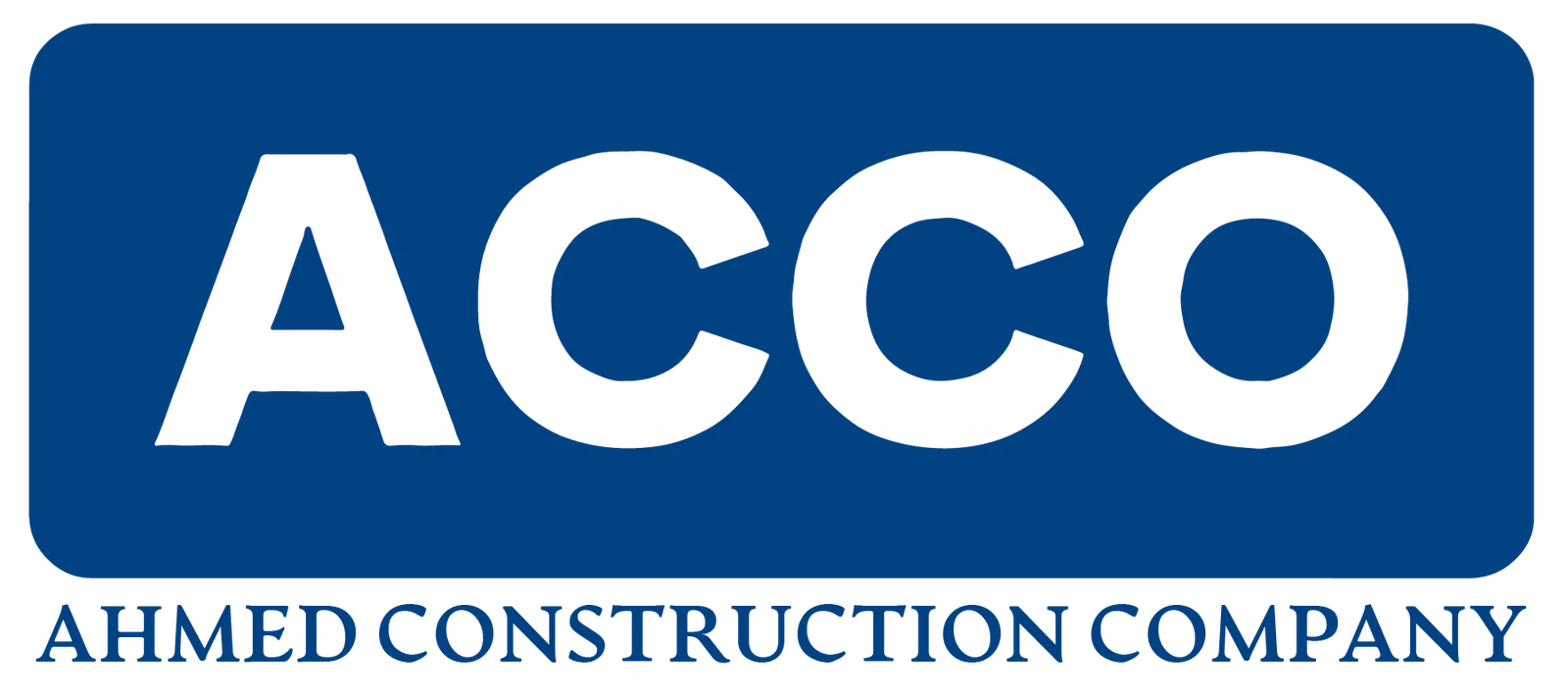
Jennifer Mahan: Engineer is Mitigative Design Expert

Jennifer Mahan
32, Associate
Thornton Tomasetti
New York City
Jennifer Mahan knows that as a young Black female resilience engineer deeply involved with diversity, equity and inclusion initiatives in the construction industry, this is her moment to speak truth to the issues she cares about most passionately—regardless of whether she feels ready to shoulder that load or not.
Mahan also wants other engineers to do the same.
“Many engineers are stereotyped as shy and quiet introverts, but unfortunately, we need to do a lot more advocating than we historically have.” she says. “That’s also a challenge for our industry: We have to do more in times like these.”
Specializing in mitigative designs for climate change related shocks and stresses, and in post-loss investigations and assessments, Mahan is an expert in synthesizing research, geospatial data and post-disaster crowd-sourced information. In an era where people don’t listen to or respect experts, she says they will still turn to engineers in times of crisis, in the face of natural disasters and realize that rolling back climate regulations might have been a bad idea.
“That’s what reassures me,” she says.
With expertise in design and building code analysis, Mahan leads teamwork in performance-based flood barrier testing. This looks beyond baseline codes to identify barrier strategies that meet resilience targets, whether to recover quickly after a flood or maintain continued operations.
Mahan encourages technical professionals to be proactive in offering solutions.
“I think a solution not often preferred is our voice, but that’s something we’ll have to get more comfortable with,” she says. “We know the information, we understand the impact. It’s not just our duty but our privilege to share this information.”
But it’s as much about how you say something as what you say. Mahan stresses. When trying to convince an owner to design for future levels of flooding, she says she might point out that the owner next door has already built to that level “so it would be good for you to at least to meet that.” Notes Mahan: “Climate … doesn’t stop at a property line so at some point you have to start thinking bigger.”
Mahan has served as New York chapter coordinator of Women@TT, an employee network that strives to achieve gender equality and is a founding member of the Advancing Diversity for Engineering Pipeline Talent consortium in Chicago, supported by her employer and other industry firms that will advocate for college students of color.
She calls the Trump Administration’s attack on DEI “sobering,” making her realize that she’s taken for granted privileges such as getting into a school based on her merit that previous generations didn’t have.
But she also believes it’s important not to sound too virtuous when explaining why DEI programs are so important. Making people feel included is not about diversity for diversity’s sake, it’s about retaining talent, Mahan says.
“There’s a real risk of losing great talent if people who are burnt out feel that they’re better appreciated somewhere else,”she says. “I’ve personally seen that in my own experience.”
Mahan says she has worked on diverse teams, which keeps “all of us sharp, and questioning any of our own assumptions, not resting on, ‘oh, this is how we’ve always done things.’ That has helped to make sure that we’re staying relevant and interesting.”
She does worry that firms doing DEI correctly will stop their programs out of fear of Trump Administration retaliation. But firms that have already ingrained DEI into their culture will just use different language to code their initiatives without “changing fundamentally how they function,” Mahan insists.
Mahan, who is involved with her church in Harlem and volunteers for park cleanups in mostly underserved communities, says it’s not all “doomsday.”
She says resilience in sustainability is “a beautiful opportunity” to “build societies and communities that benefit us and work for the communities and societies that we want.” Green infrastructure and passive design and new technology and research in reconnecting waterfronts in a safe way “is such a beautiful and exciting way of looking at things in a more integrated design process than what we’ve done historically, Mahan adds. “So I’m genuinely hopeful people see that this kind of design approach actually creates more livable and pleasant communities.”
Mahan draws strength from the knowledge that the generations that came before her endured and survived terrible times. “There’s been this conversation that our generation is starting to see some of the recent privileges a little bit more starkly than we had realized,” she says.
Post a Comment
You must be logged in to post a comment.





